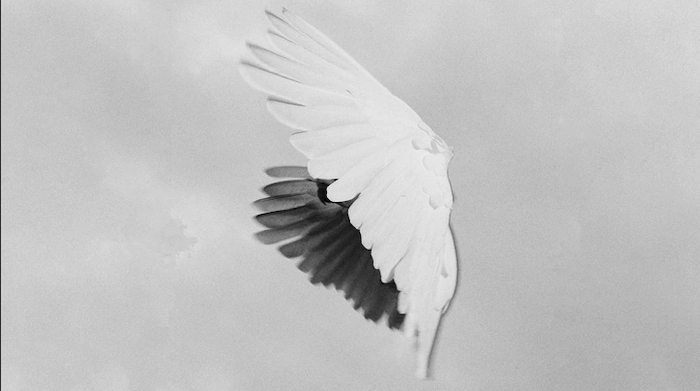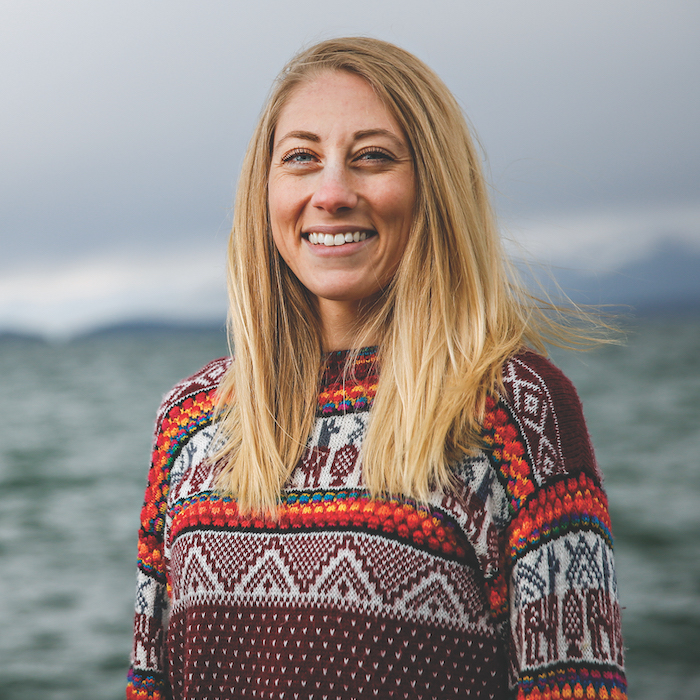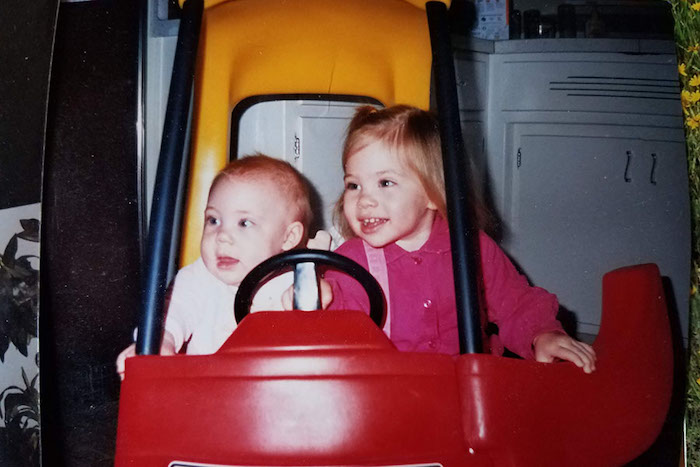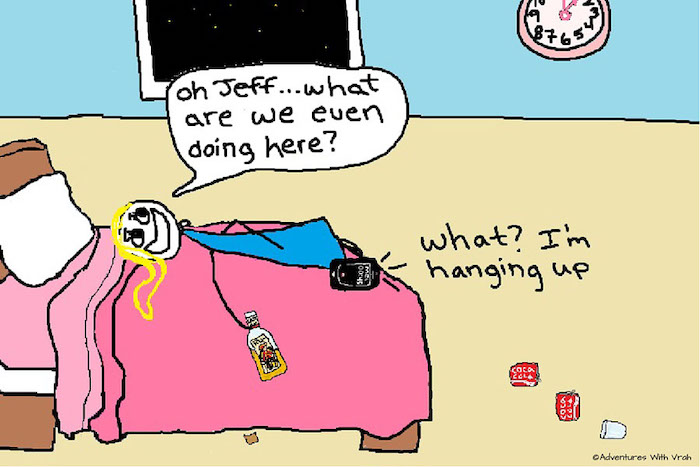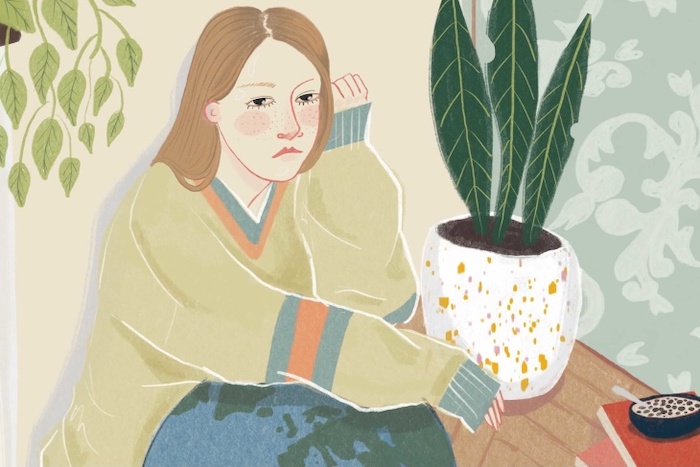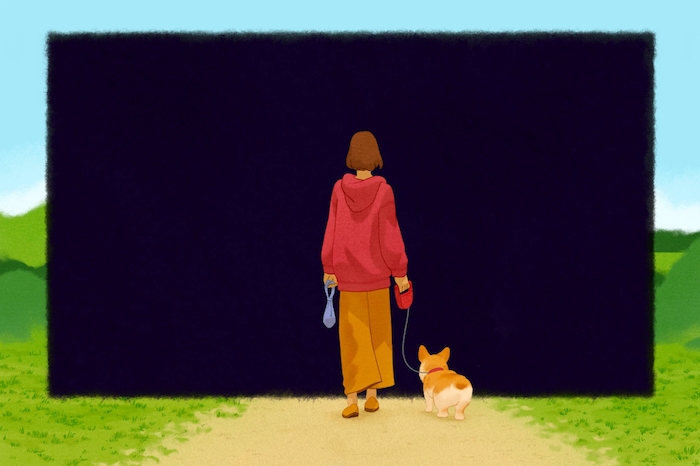
By LEANNE ITALIE
Wedding anniversaries for Elizabeth O’Connor Cole and her husband, Michael, usually involve a dinner reservation for two at a fancy restaurant. Not this time around.
As the pandemic raged last May, the Chicago mom of four unearthed her boxed wedding gown from 19 years ago, got it zipped with help from one of her daughters and surprised her spouse.
Cole recreated their reception menu — a shrimp appetizer and beef tenderloin — and pulled out her wedding china and silver after enlisting another of her kids to DJ their first-dance song, “At Last,” for a romantic turn around the living room. And the priest who married them offered a special blessing on Zoom with friends and family joining in.
“Spontaneous and a bit chaotic,” O’Connor Cole pronounced the celebration. “Still, it was probably the most meaningful and fun anniversary we’ve had.”
As the pandemic enters its second year, there’s a pent-up longing for the recent past, especially when it comes to life’s milestones. When the crisis finally resolves, will our new ways of marking births and deaths, weddings and anniversaries have any lasting impact? Or will freshly felt sentiments born of pandemic invention be fleeting?
Some predict their pandemic celebrations have set a new course. Others still mourn the way their traditions used to be
Milestones, rituals and traditions help set the rhythm of our lives, from the annuals like birthdays and anniversaries to the one-timers like births and deaths, extending beyond those boundaries to more casual events like opening day (choose your sport), drinks out after work with colleagues and that first swim of summer.
Jennifer Talarico, a psychology professor at Lafayette College in Pennsylvania who studies memory and personal experience, says certain events shape lives differently — and have been reshaped just as differently during the pandemic. Perhaps most devastatingly impacted, she says, are death and dying, sitting at bedsides to comfort and attending funerals to mourn as the coronavirus has killed more than 2.3 million people around the world.
“That’s being felt the hardest because it’s the hardest to replace,” Talarico says. “That’s probably going to have the most lasting impact.”
Renee Fry knows the feeling well. Her grandmother, Regina Connelly, died Dec. 6 of COVID-19 at her nursing home in Hollidaysburg, Pennsylvania. She had just turned 98. There was no dropping everything to be at her bedside. There was no large church celebration of her life followed by dinner for all.
“We had to rely on video conferencing,” Fry says.
But they also did something else. She and her sister, Julie Fry, put together a “memory book” shared with far-flung family and friends. They included Regina’s favorite prayer, the Hail Mary, and asked loved ones to recite it on her behalf. They filled pages with photos through the years, from a portrait of young Regina in a fine red dress (lipstick to match, gold pendant around her neck) to more casual shots with grandchildren.
The sisters — Renee in Quincy, Massachusetts, and Julie in Port Matilda, Pennsylvania — wrote the story of how Regina met her husband on a blind date, then lost him when he died in 2010 after 64 years of marriage. They wrote of how she spent most of her teen years caring for her two brothers after their mother died suddenly when she was 13. They included rosaries with each of the 32 booklets they mailed.
Judging from the response — a second cousin called to say thank you, and a caregiver for Regina wrote a two-page letter offering thanks as well — it made an impact. “It was incredibly meaningful,” Renee says.
Such a booklet will be created when the family faces death once again. The pandemic, Fry says, has proven that distance no longer denies lasting meaning.
Daryl Van Tongeren, an associate professor of psychology at Hope College in Michigan, studies meaning in life, religion and virtues. Rituals, symbols and milestones help provide structure to our worlds, he says, demarcating the passage of time or a significant accomplishment but more importantly lending meaning to life itself.
“One of the things that these milestones and these rituals do is they connect us with other people and things that are larger than ourselves,” he says
Sometimes left behind in a swirl of celebration is the core significance of something just as important — the events themselves. Students who missed out on the walk across the stage at their graduations remain graduates. Couples forced to elope or give up their dreams of weddings for 200 for smaller affairs still have their marriages to experience
While some predict a Roaring ’20s renaissance once the crisis has ended, “there are going to be a number of people who are changed,” Van Tongeren says. “They’re going to say, `I’m going to emerge from this pandemic with a new set of values and I’m going to live my life according to new priorities.'”
Last year, Shivaune Field celebrated her 40th birthday on Jan. 11 with a group of friends at a downtown restaurant in Los Angeles, where she lives. It was just weeks before the coronavirus made its way to the U.S. This year, when she turned 41, the adjunct professor in business at Pepperdine University simply took to the beach with her pals.
“It felt much more authentic, a nicer way to connect without all the bells and whistles,” she says. “I think it’s really nice to get back to that. It reminds me of childhood.”
Fields grew up in Melbourne, Australia, where she says her parents kept birthdays rooted in family outings to the beach or bike rides followed by a treat of ice cream.
“Weekend get-togethers are now in sneakers with dogs sitting on grass and picnic rugs rather than on stools in fancy restaurants,” she says. And Field is just fine with that.
Marking time has changed during the pandemic. There’s the ticking off of months based on trips to the hair salon and the length of pandemic beards. There’s Zoom creativity and socially distanced trips outdoors. Recreating celebrations of the past for major, time-marking events has been difficult as time blurred and safety restrictions took over.
“We have all of this cultural baggage, in a good way, around those events,” Talarico says. “It’s a reinforcing cycle of events that we expect to be memorable.”
Memorable has been hard to achieve. But the rethink has been important for many, and its effects may ripple long after the virus has ebbed.
“For those wanting to reminisce years later about important events that happened during the pandemic, there will likely be nostalgia mixed with more than a tinge of trauma,” says Wilfred van Gorp, a past president of the American Academy of Clinical Neuropsychology.
“It may remind us of the loneliness and isolation brought about by the pandemic, our fear of catching the virus, fear of dying, fear of losing loved ones and loss of any we knew who may have died from COVID-19,” he says. “And,” he adds, “recollections of what we didn’t have, what we missed, and the experiences we couldn’t share together.”
Complete Article ↪HERE↩!

